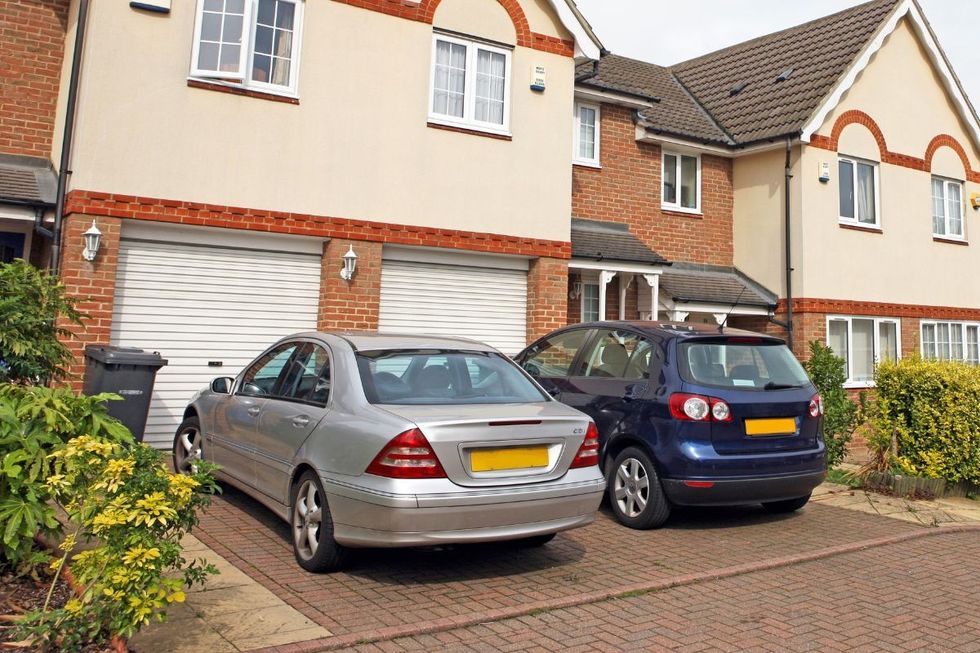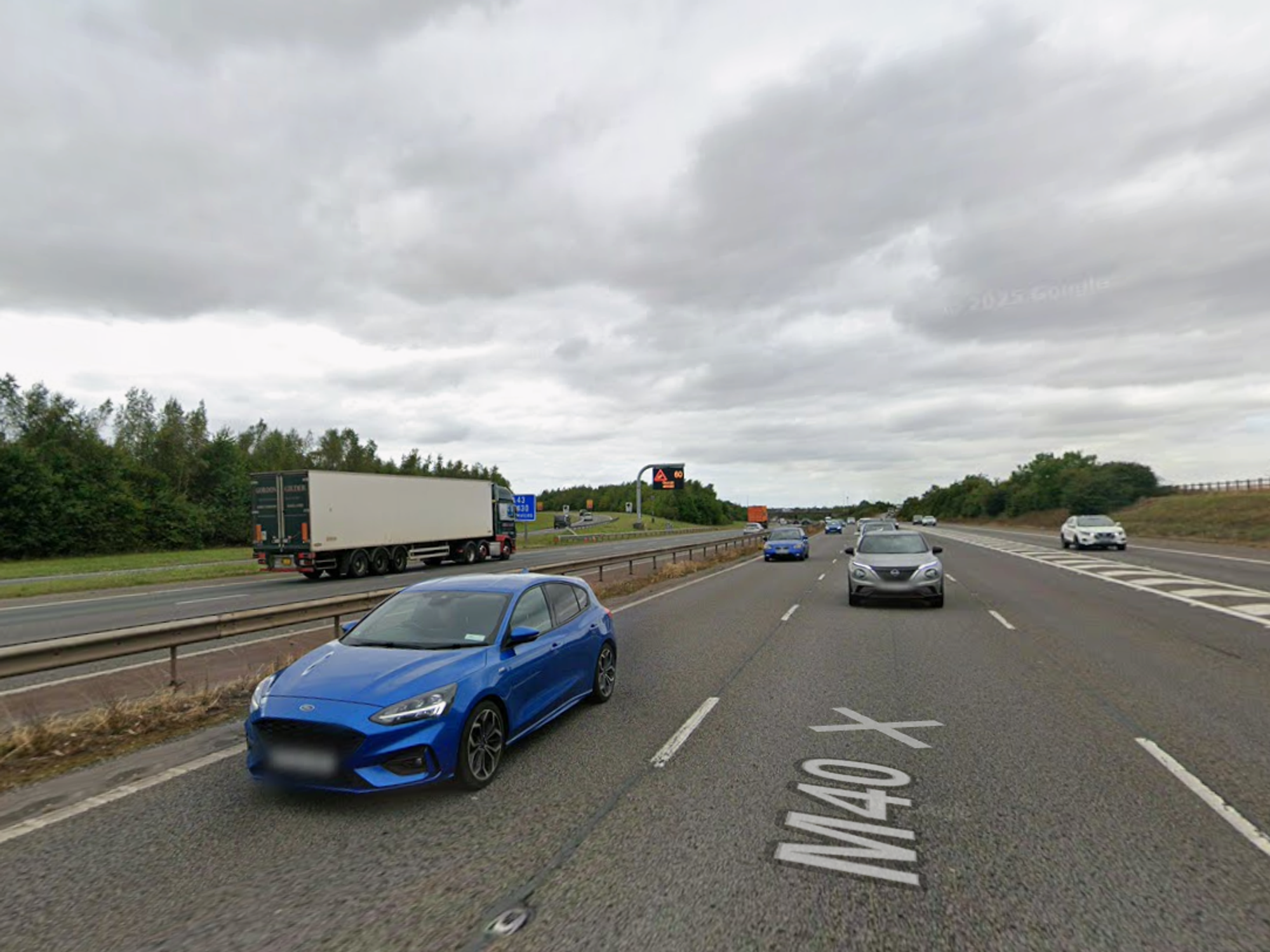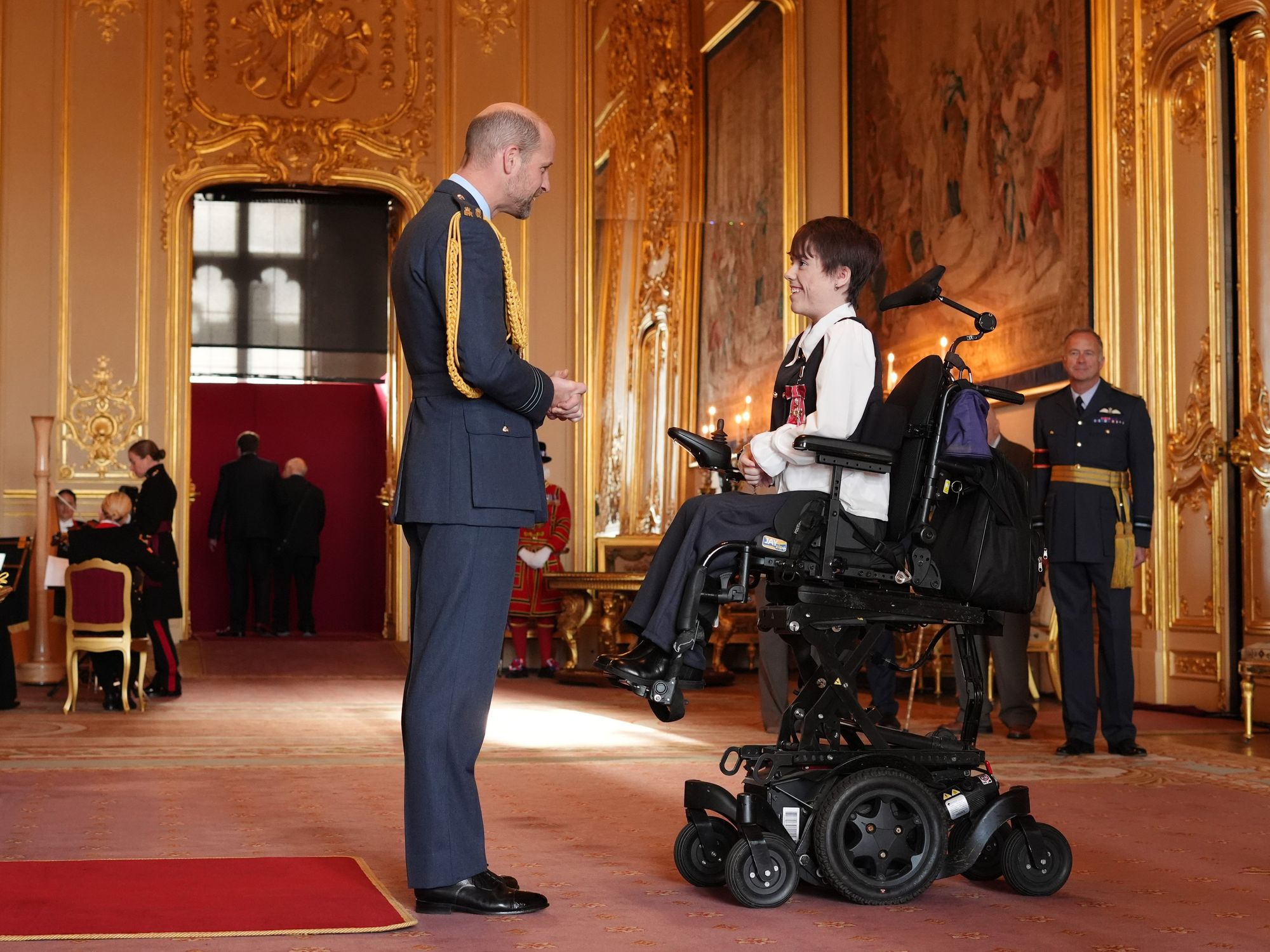Millions of motorists face driveway parking nightmare with cars too big to fit into garages

With SUVs becoming increasingly popular, more drivers could face parking trouble in the coming years
Don't Miss
Most Read
Many British motorists are unable to park their cars inside garages, according to new data, as vehicles continue to get larger, potentially forcing them to park on their driveways.
Vehicle dimensions have expanded by 22 per cent compared to two decades ago, creating significant challenges for British motorists attempting to park at home.
The dramatic increase in car sizes means one in six garage owners can no longer accommodate their vehicles inside.
Research involving 1,344 drivers revealed that while over a third of UK motorists have garage access, 42 per cent opt to leave their cars on driveways instead.
Do you have a story you'd like to share? Get in touch by emailing motoring@gbnews.uk

A growing number of drivers are struggling to fit their cars into their garages
|GETTY
The swelling proportions of contemporary vehicles have prompted a third of drivers to reconsider purchasing larger models in future, as parking difficulties mount across residential areas.
More than a fifth of motorists find their garages challenging to navigate, while 16 per cent acknowledge their vehicles have become too large to fit through the entrance.
This spatial mismatch has transformed garages into makeshift storage facilities, with two-thirds of owners primarily using them for household items rather than vehicle shelter.
Martin Smith, motor claims manager at Aviva, observed: "It's interesting to see that garage owners are favouring other locations for parking their car, which could in part be explained by the gradual increase in car size over the years."
The expanding dimensions affect parking across all environments, whether on streets, in public car parks or residential driveways, as motorists grapple with manoeuvring increasingly large vehicles.
Two-fifths of respondents reported misjudging distances to obstacles, while a quarter discovered their intended parking spaces were too narrow for their vehicles.
One in 10 people who responded to the survey attributed difficulties to unfamiliarity with their new car's dimensions.
Larger cars, like SUVs, have quickly become the most popular vehicle type for many motorists, especially those with families.
LATEST DEVELOPMENTS:
Beyond size-related challenges, a third of motorists blamed insufficient confidence for their parking struggles, with 30 per cent citing pressure from waiting drivers and over 20 per cent affected by previous parking incidents.
Despite widespread availability of parking sensors, reversing cameras, 360-degree viewing systems and automated parking features in contemporary vehicles, one in six drivers now struggles without these technological assists.
The most frequently struck objects include walls (16 per cent), bollards or lamp posts (11 per cent each), stationary vehicles (10 per cent), fences or vegetation (nine per cent each) and garage structures (eight per cent).
Nearly half of parking-related damage involves cosmetic issues, including damaged bumpers (39 per cent), broken headlights (17 per cent) and impaired wing mirrors (15 per cent).
Although parking accidents represented just eight per cent of insurance claims during 2024, over a third of motorists failed to notify anyone about their incidents.
Smith emphasised the importance of proper reporting: "Many of us will unfortunately experience bumps or scrapes on our cars in our lifetime. If this happens, it's important to let your insurer know."
He warned that neglecting to inform insurers could invalidate future claims, as notification constitutes a standard policy requirement.
Additionally, the Road Traffic Act mandates police notification for certain collisions, making proper reporting both a contractual and potentially legal obligation for motorists involved in parking incidents.











